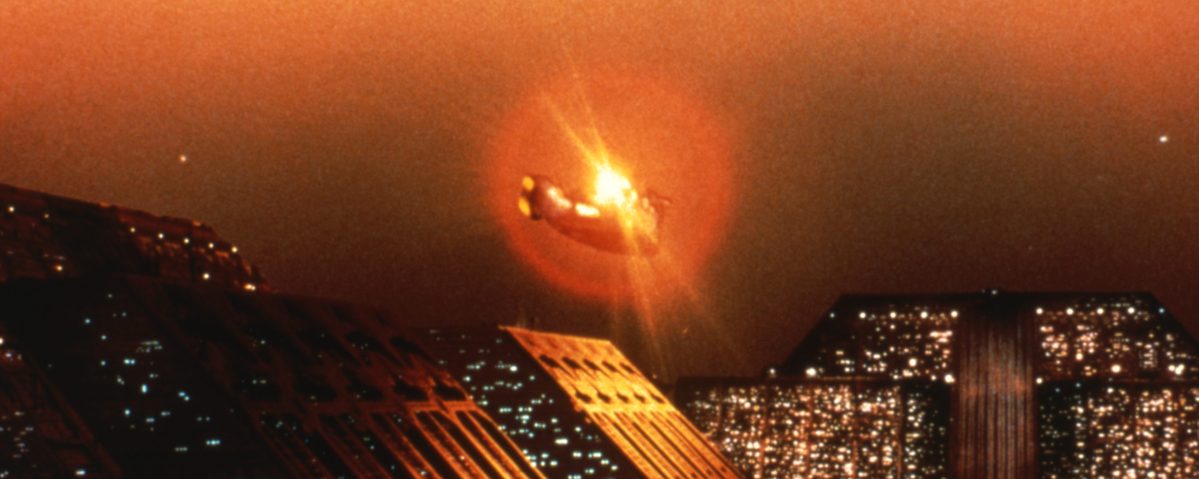When Blade Runner hit theaters in 1982, the dystopian sci-fi flick depicted a bold, futuristic look at what life would be like in 2019. And it turns it out it got certain details disturbingly right.
Ridley Scott’s beloved sci-fi movie saw Los Angeles in the decades after the turn of the century fall to an industrial, dystopian version of itself run by human-like robots. While that idea has yet to come to fruition, the movie did hit the mark in other respects.
For instance, people in Blade Runner seem to be completely transfixed by bright, blinking billboards — which is true of any tourist who wanders into Times Square for the first time. It also predicted that we’d be able to talk to computers. Alexa concurs.
While researchers might be vying to one day have humanoids walking the Earth, however, we’re not quite there yet. The same can be said for the movie’s penchant for flying cars. Blade Runner also assumed, incorrectly, that some iconic brands, like Pan Am and Atari would still be around.
There’s one major aspect of the flick that falls in the middle of the right or wrong spectrum — climate change. Sure, it’s not dark, dreary and raining on us all of the time, but serious climate worries are a reality for our Earth’s very near future; and who knows what that planet will really look like.
Thanks for reading InsideHook. Sign up for our daily newsletter and be in the know.


















